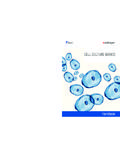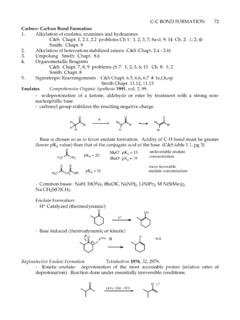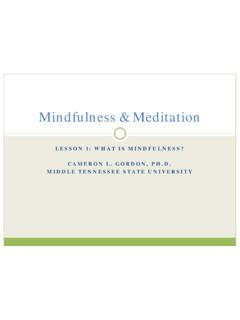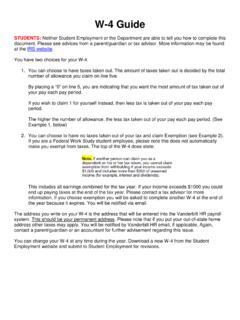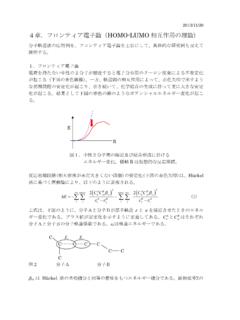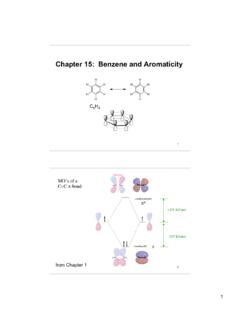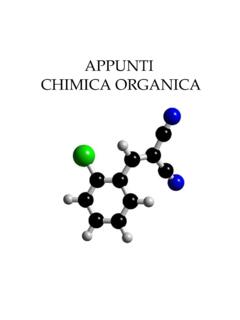Transcription of Diels-Alder Reaction - Vanderbilt University
1 Diels-Alder Reaction (a very important Reaction ) Reaction between a conjugated diene and an alkene (dienophile) to give a cyclohexeneDieneDienophilecyclohexene The Diels-Alder Reaction is favored by electron withdrawing groups on the dienophile and electrondonating groups on the diene. Good Dienophiles:OOOOOHOROOROHHHH ethylene(unreactive)conjugated carbonyls (aldehydes, ketones and esters)CNCO2 RMechanism: Pericyclic Reaction - proceeds in a single step via an "aromatic" transition state. Diels-AlderTransition State=BenzeneThe diene must adopt an s-cis conformation to be reactive:s-cis(reactive conformation)s-trans(unreactive conformation)Endo vs. Exo Transition State: Generally, the endo transition state is : In pericyclic reactions, the stereochemistry of the reactants is preserved in the the cylcopropanation of alkenes by carbenes which is also a pericyclic groups are transin the reactantCH2I2,Zn(Cu)RHRHR groups are transin the productRR groups are cisin the reactantCH2I2,Zn(Cu)RRHHR groups are cisin the productR Dienophile: Groups that are cis on the dienophile will be cis in the product.
2 Groups that are trans on thedienophile will be trans in the TS:ROROEndo TSHHROHH=H's are cisHHROHOHOEndo TSHRHOHR=H's are transRHHOHRHHcis dienophiletrans dienophileExo TS:HHHExo TSR=groups are cisHHROExo TS=RHHORHOOHHRORHHORHHO groups are transRHHOcis dienophiletrans dienophile Diene:AABBIn the s-cis conformation:A= inner rim of dieneB= outer rim of dieneGroups on the inner rim of the diene will be cis in the product and groups on the outer rim of thediene will be cis in the product:AABB++OOOBBHHAAOOOEndo TSBBHHAAOOOExo TSHHIn the product, the groups of the dienophile that are endo in the transition state will be cis to thegroups on the outer rim of the diene (in the s-cis conformation) .Regiochemistry: The regiochemistry of the Diels-Alder Reaction is determined by the position of theelectron donating groups of the diene, and is fully understood by molecular orbital theory.
3 It maybe easier to explain by simply looking at the resonance structures of the diene and electron donating groups on the diene are ethers, amines and sulfide; all have a non-bonding pair of electrons to :OCH3+: -OO -The regiochemistry of this Diels-Alder Reaction is explained by looking at the dipolar resonancestructures. The electron-rich carbon of the diene forms a bond with the electron-poor carbon of richelectron poorCH3O+CH3 OOOnot observedWhen the electron donating groups is at the 2-position of the diene:+: -H2N HNOelectron richelectron poor+OOnot Dunlap and Rizzo (revised 12/97)
